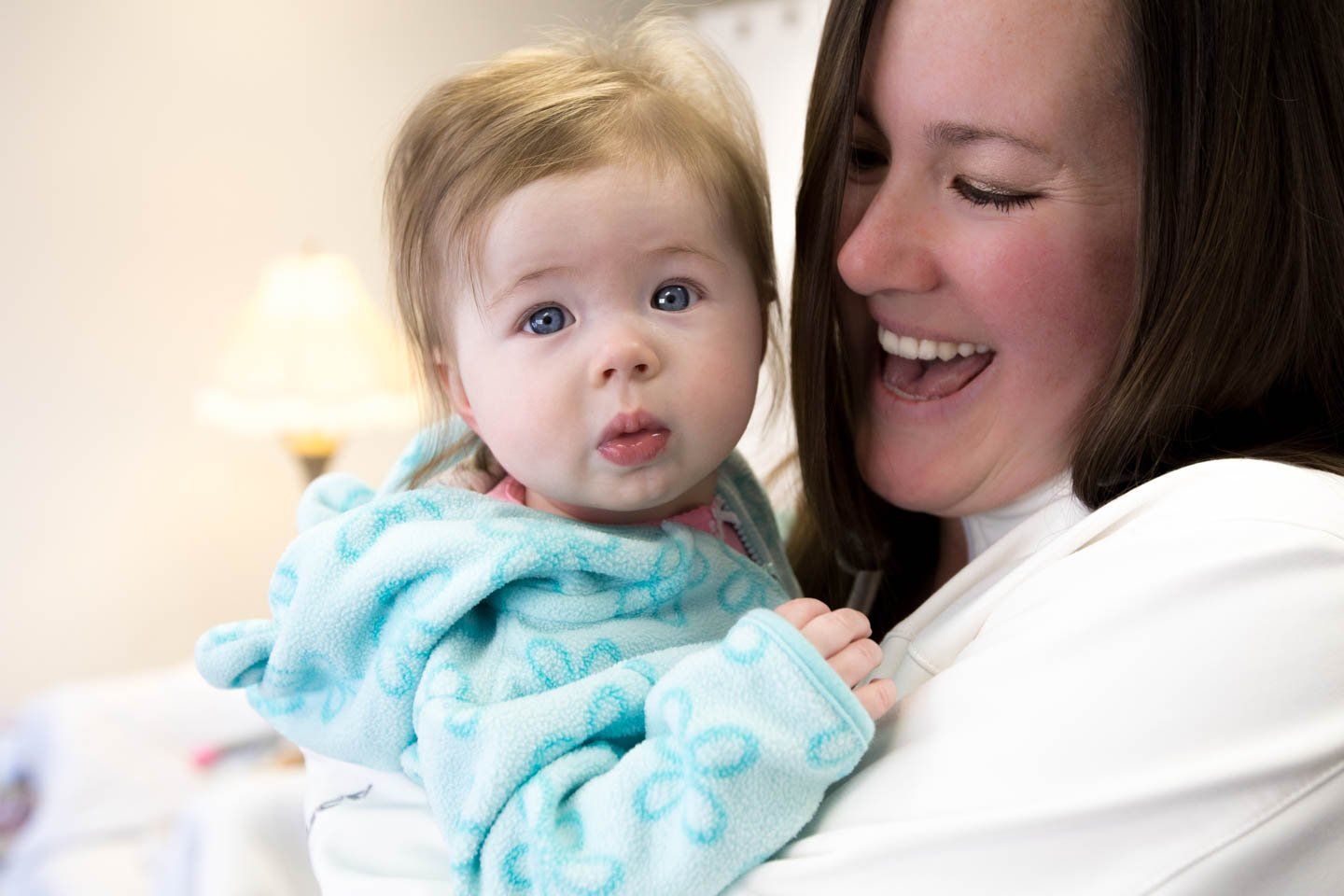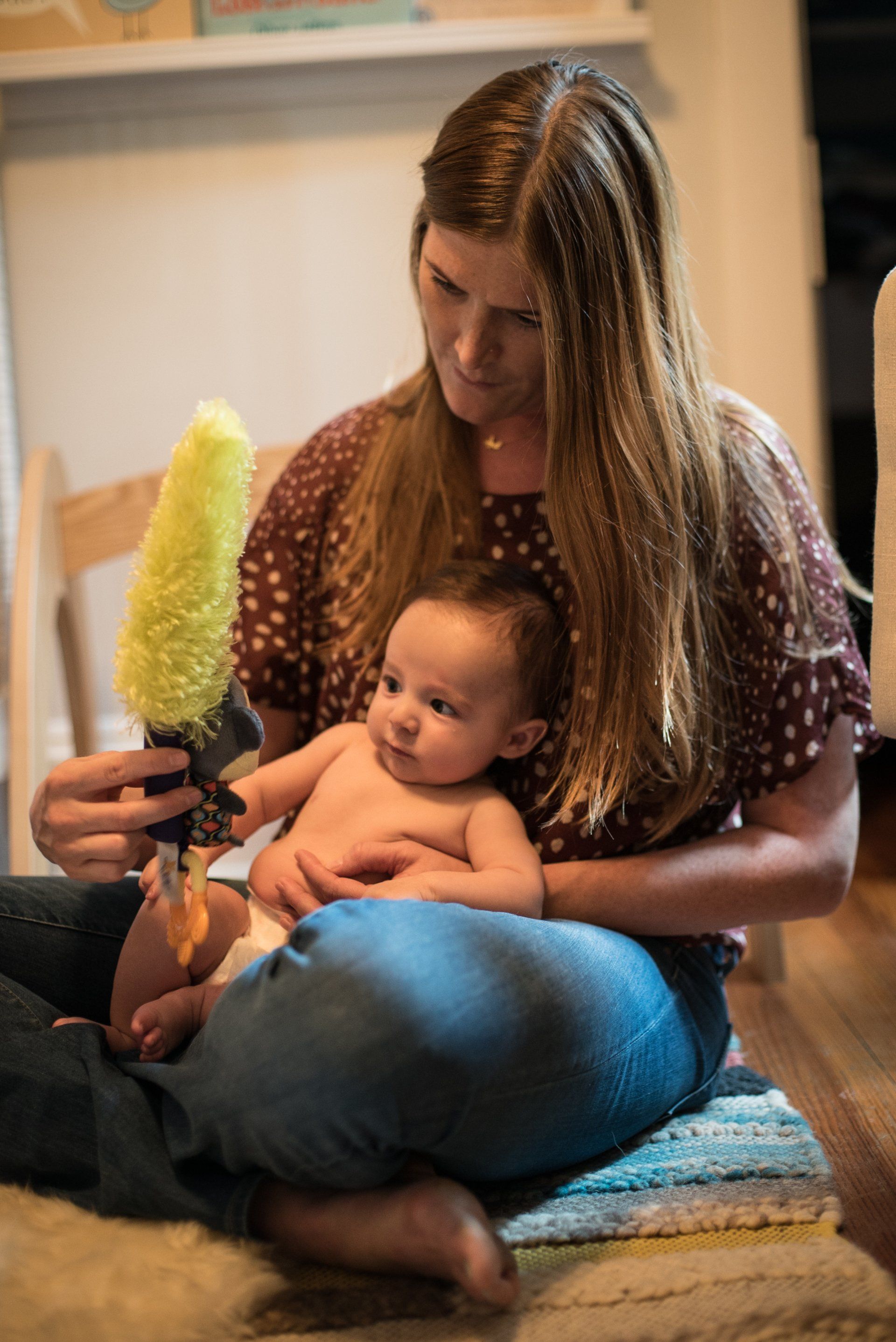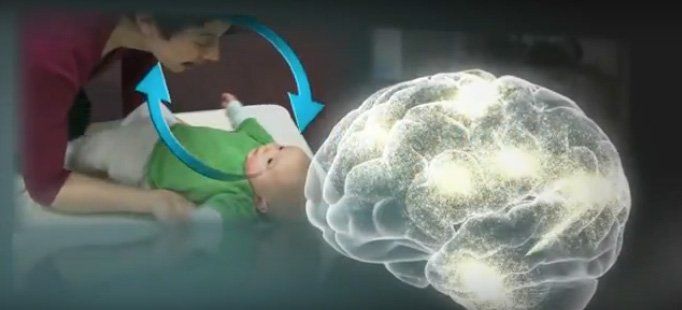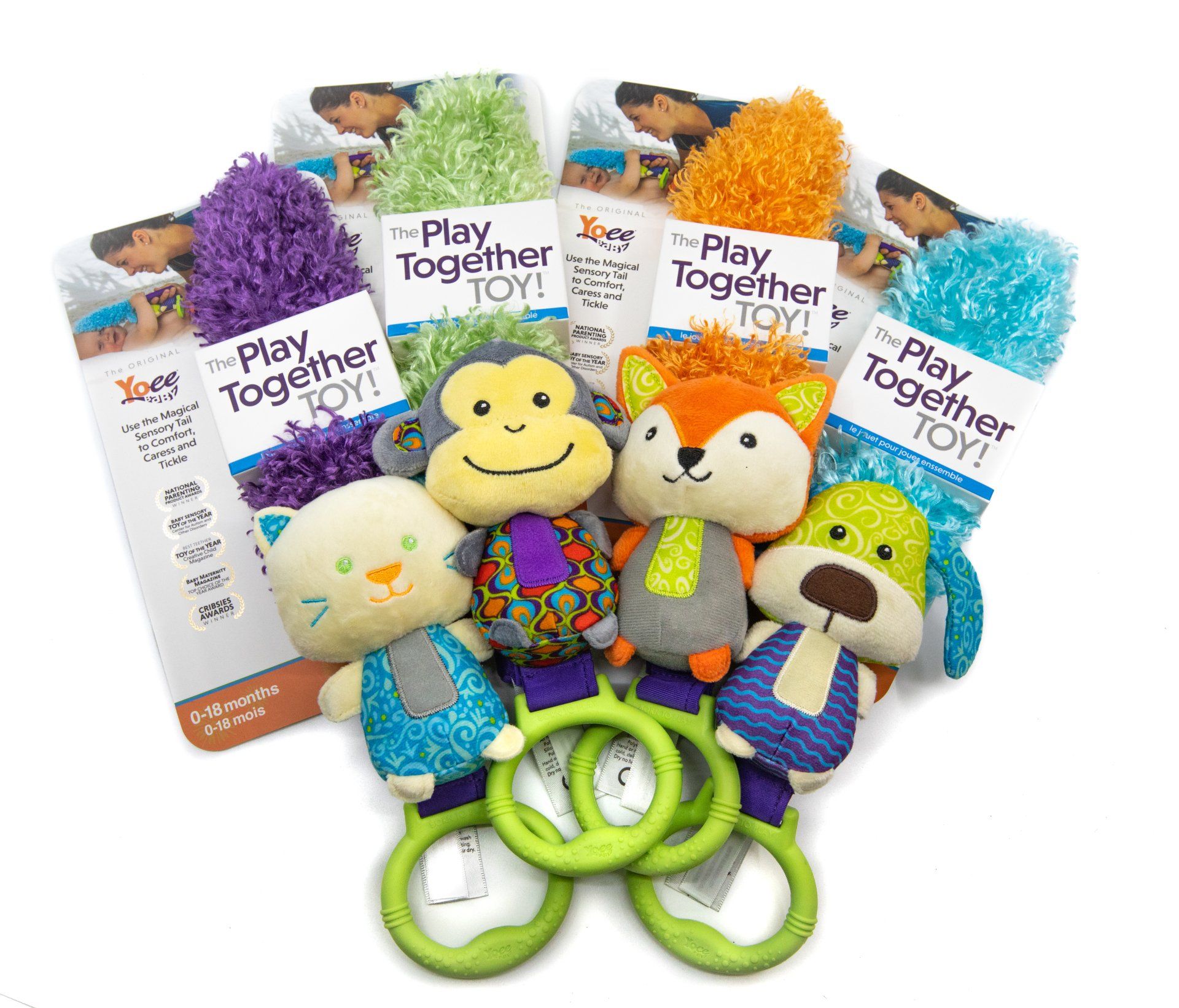WHAT DOES THE HARVARD CENTER SAY?
The Center on the Developing Child, at Harvard University, is one of the most widely-respected resources on the importance of early interactions between a caregiver and a child. Much of YOEE BABY'S design came from the basic principals pioneered at Harvard.
"Early experiences affect the development of brain architecture, which provides the foundation for all future learning, behavior, and health. Think about that.
Brains are built over time, from the bottom up. The basic architecture of the brain is constructed through an ongoing process that begins before birth and continues into adulthood. Simpler neural connections and skills form first, followed by more complex circuits and skills. In the first few years of life, more than 1 million new neural connections form every second. After this period of rapid proliferation, connections are reduced through a process called pruning, which allows brain circuits to become more efficient.
Brain architecture is comprised of billions of connections between individual neurons across different areas of the brain. These connections enable lightning-fast communication among neurons that specialize in different kinds of brain functions. The early years are the most active period for establishing neural connections, but new connections can form throughout life and unused connections continue to be pruned. Because this dynamic process never stops, it is impossible to determine what percentage of brain development occurs by a certain age. More importantly, the connections that form early provide either a strong or weak foundation for the connections that form later."
—Center on the Developing Child, Harvard University
Serve and Return
Serve and return interactions shape brain architecture. When an infant or young child babbles, gestures, or cries, and an adult responds appropriately with eye contact, words, or a hug, neural connections are built and strengthened in the child’s brain that support the development of communication and social skills.
—HARVARD CENTER ON THE DEVELOPING CHILD
Eye Tracking
Eye-hand coordination begins to develop as the infant starts tracking moving objects with his or her eyes and reaching for them. By eight weeks, babies begin to more easily focus their eyes on the faces of a parent or other person near them.
—AMERICAN OPTOMETRIC ASSOCIATION
What Do Babies Hear?
Although your baby's ears are well-developed at birth, it may take up to six months before she can fully hear and understand a range of sounds. There are two reasons for this. Firstly, at birth, your baby's ears will still be full of fluid, which may take some time to completely clear. Secondly, the parts of your baby's brain that deal with hearing are still developing.
In spite of this, your baby will love to hear the voices of you and your partner from the moment she's born.
—BABYCENTRE
What Do Babies Feel?
Every parent thinks her baby is a genius. And maybe it's not such a far-out claim when you consider the startling amount a newborn does know. His senses began to develop while he was still in the womb, and they progress at an amazing pace during the first year. Far from being a helpless little bundle, your baby is processing tons of information -- and using it to become attached to you.
—PARENTS.com
Touch
Young babies can’t see that well. But the sense of touch develops early, making it a prime way to get messages to fuzzy-eyed, pre-verbal babies. “We focused on touch because it really is some of the basis for communication between parents and child,” says study coauthor Nathalie Maitre, a neonatologist and neuroscientist at Nationwide Children’s Hospital in Columbus, Ohio.
—ScienceNews.org
Epigenetics
Epigenetics is the term used to describe inheritance by mechanisms other than through the DNA sequence of genes. ... It works through chemical tags added to chromosomes that in effect switch genes on or off.
—BRITISH SOCIETY FOR CELL BIOLOGY
It's absolutely incredible, and if you are up for it, go to this link WHAT IS EPIGENETICS.
The positive developmental value of encouraging specific kinds of interactions in the early days and weeks should become more clear, and hopefully cause you to appreciate why we call this funny little soft plush toy "high tech."







